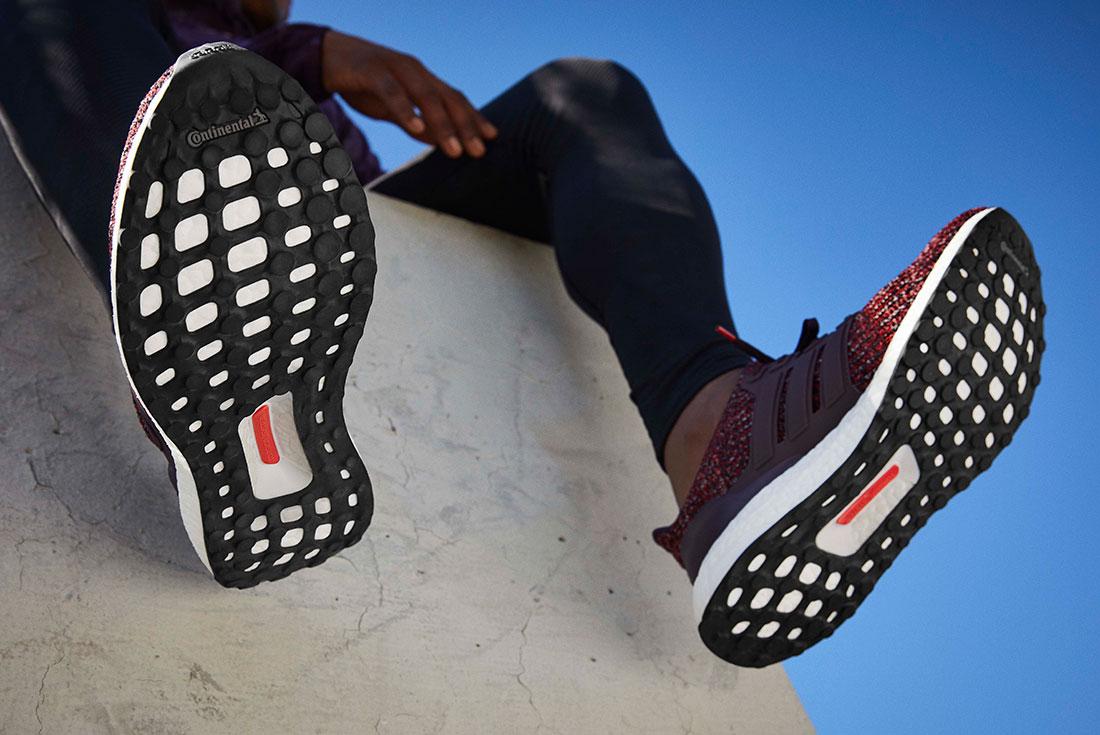Five Car Features That Are Improving Sneakers
We might not always realise just how close the relationship is between the sneakers we wear and the cars we drive, but the connection runs quite deep. Naturally, the biggest parallel we can draw between sneakers and cars is their ability to help people travel further, faster, and more comfortably – as well as in more style than ever before. With the continual research and development taking place in the motoring industry, innovations and concepts initially designed for cars inevitably trickle over to the footwear industry. Here are five ways that automobile innovations have found their way into shoe design.

Image source: Nike

Image source: Jordan Brand

Image source: Dada
